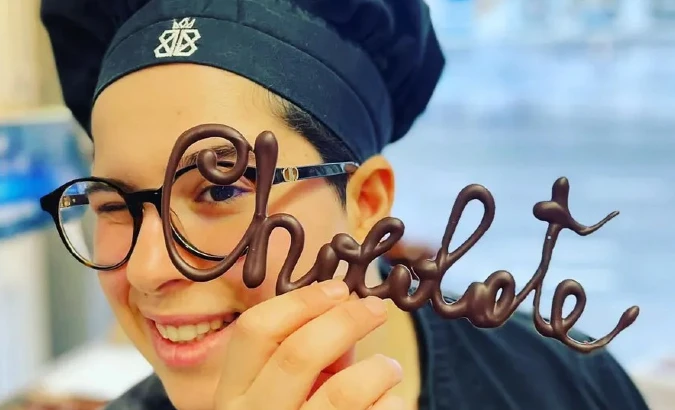Meet our chocolate makers!
Daily chocolate workshops in Brussels.
You can make your own chocolates wih us every day and learn a lot about the origins of our cacao. We love to share our passion with you!

Daily chocolate workshops in Brussels.
You can make your own chocolates wih us every day and learn a lot about the origins of our cacao. We love to share our passion with you!
We directly source our cacao from its origins, while taking care of flavour, forests, farmers and the future of our planet.
The idea of the Ituri Cacao Project is simple: through improved cacao quality and direct access to premium markets, cacao farmers receive a higher price for their cacao, which will be an important contribution to the family income.

The number of participants never stops to increase.
Thanks to our great partners GetYourGuide, Viator, TripAdvisor and Airbnb Experiences.
in 2021
in 2022
in 2023
We’re a young company with a long past, and a small team with a big heart. Here, we share the story of how it all began... Did you know that the Belgian Chocolate Makers company is born in the course of a complicated period during the corona crisis?

Elisabetta Passafaro is our chef chocolatier. At 24 years old only, she already launched two stores and two workshops in the heart of Brussels. She created her own chocolate brand and even her own chocolate selection using pure origin cacao.
